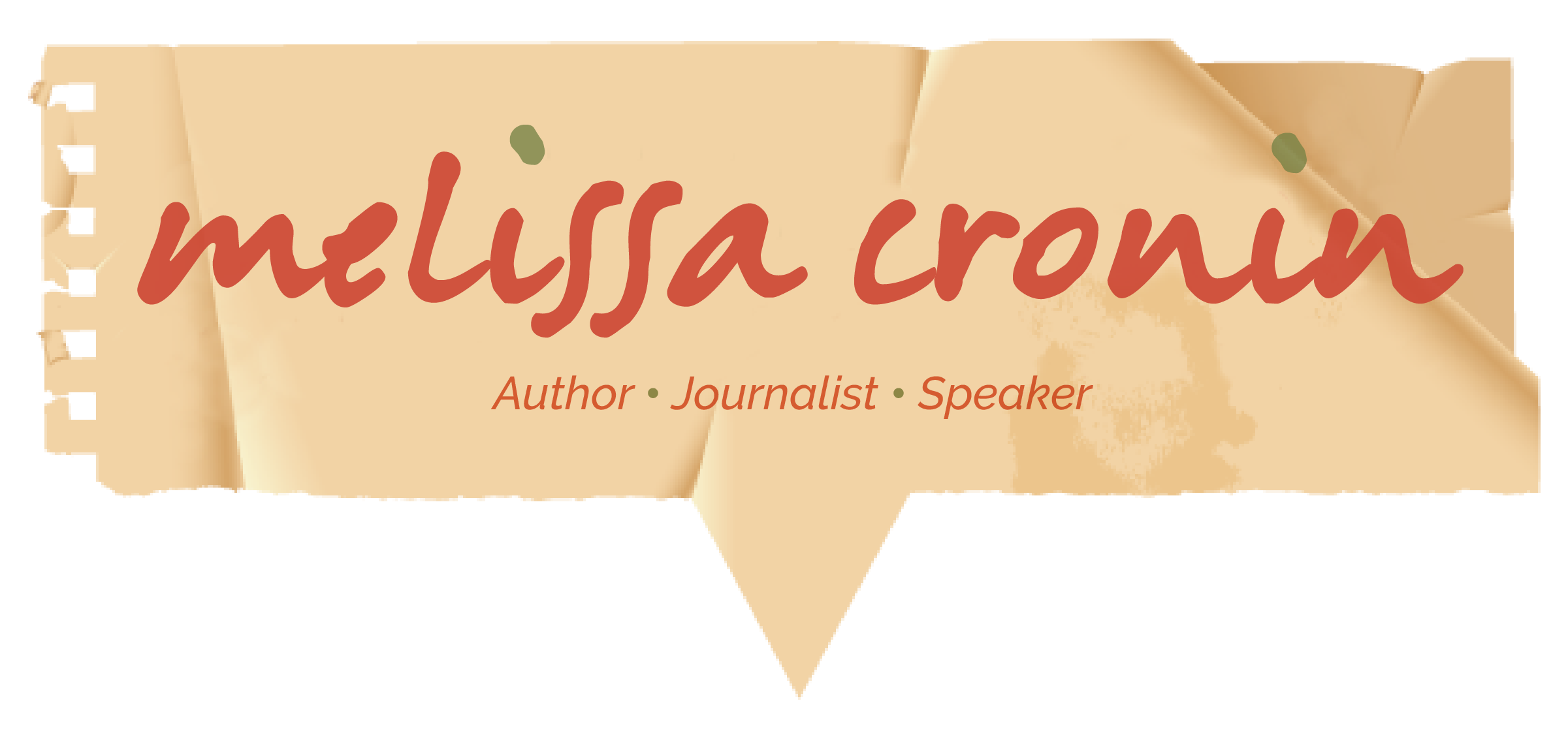Teaching Children to Play the Fiddle
Whenever I spent time with my three-year-old niece, she would bounce and clap to the Irish tunes I played for her on my fiddle (note: the fiddle and violin are the same instrument. The style of music differs: fiddlers typically play traditional music like old time, Celtic, and Klezmer, and violin players typically perform classical and jazz music. Since I play traditional music, I prefer the term fiddle). When I stopped playing, she’d yell, “Let me, let me play!” I certainly was not going to allow her, or any three-year-old, even touch my 1920’s one-of-a-kind fiddle. But she’d reach out for it, and try to yank on the neck of the instrument. I’d put it away, hide it in the closet, but she was developmentally on target and had a full understanding of object permanence. So she’d run to the closet, and attempt to pull the fiddle out of its case – but I knew enough to lock it. She’d follow me around the house, and do what a three-year-old does when she doesn’t get her way: jump up and down, cry, and scream, “Why not? Why not? “I want to play!”
I had never taught a child how to play the fiddle, but wanted my niece to learn. After all, learning an instrument improves academic skills in children, fosters their social skills, and helps them develop motor coordination. Learning an instrument, especially the fiddle, also teaches children how to be disciplined and patient. You don’t just pick up a fiddle and suddenly play a Bach concerto, unless you’re a Mozart musical prodigy.
So how do you teach a young child to play the fiddle? First, let’s start with when to begin teaching. Each child is unique in terms of her behavior and cognitive abilities. Some children are more cooperative than others, and can focus longer. A five-year-old might throw a tantrum when asked to sit for more than two minutes, whereas a three-year-old might be perfectly willing to sit for fifteen minutes as you hold the fiddle under her chin while she practices plucking the strings.
In The Strad, a magazine devoted to string instruments, Anne Bacon offers advice on how to approach a child’s first fiddle lesson. She reviews the proper fiddle hold, and how to teach children to handle the bow and pluck the strings. http://www.thestrad.com/latest/editorschoice/teaching-a-young-beginner-their-first-violin-lesson
On the website, Music in Practice, Sue Hunt, a teacher with 25 years of experience, offers tips on when to begin teaching your child the fiddle, and how to make the process fun and engaging. http://www.musicinpractice.com/2013/practicing-music-violin-lessons/
Other resources:
http://www.parents.com/kids/development/intellectual/benefits-of-music-lessons/


You should really check out http://www.fiddlequest.com as a fantastic resource for teaching children to fiddle.
That’s really informative post. I appreciate your skills. Thanks for sharing.
Sure! Glad it helped!
.want to get my grandson to be able to lle